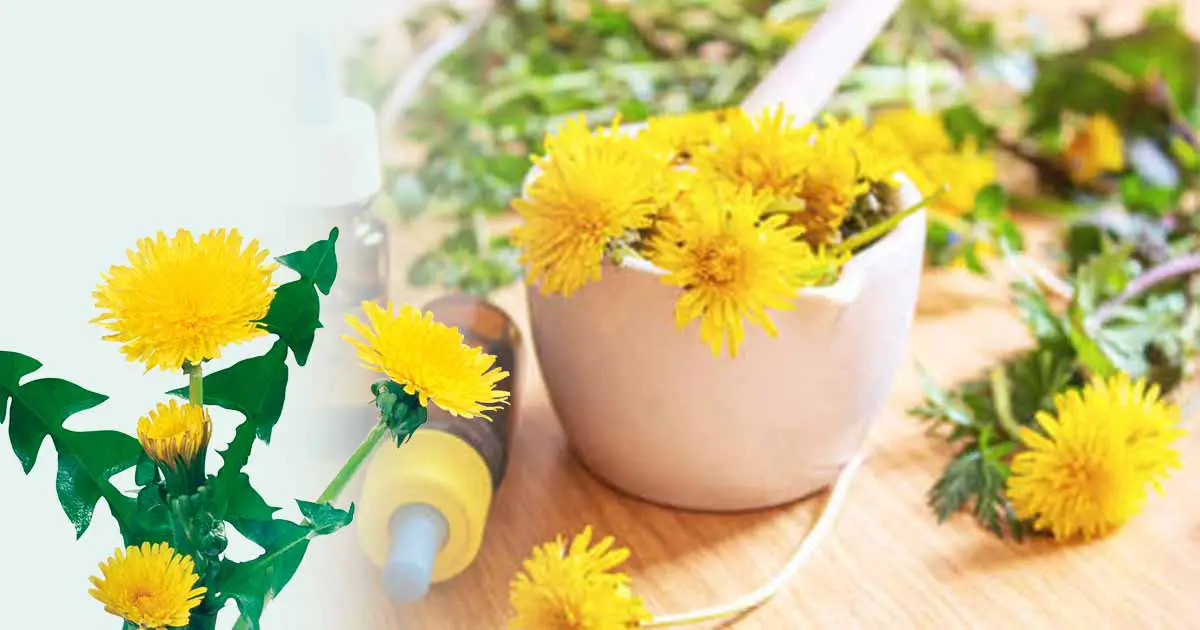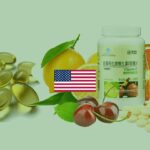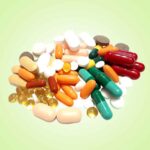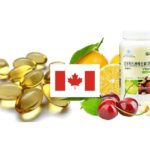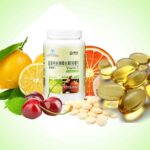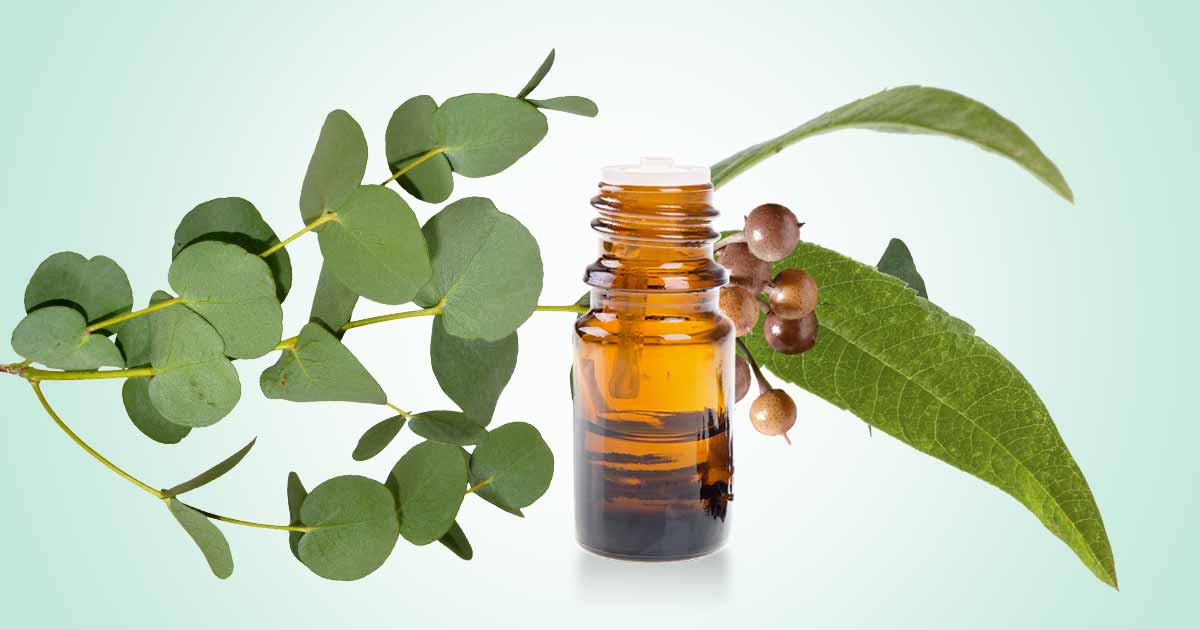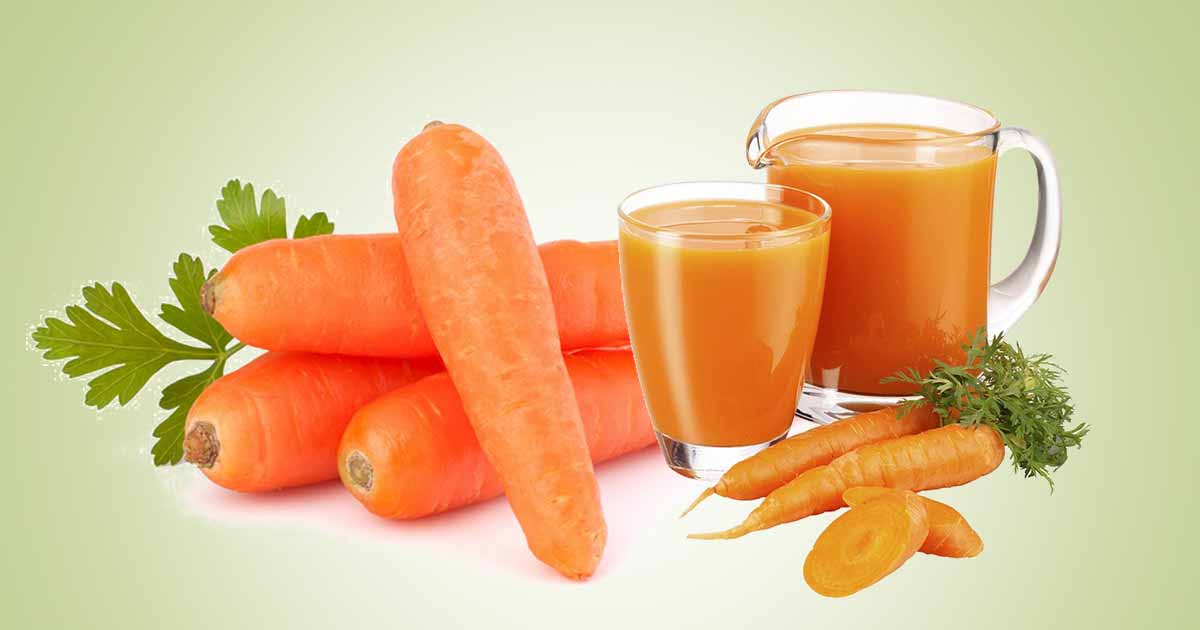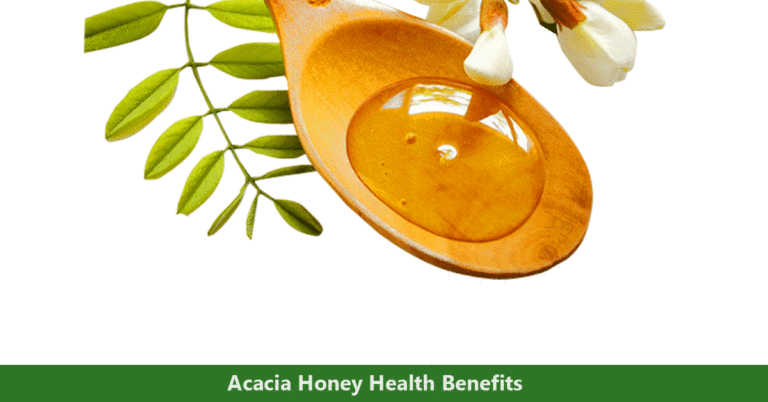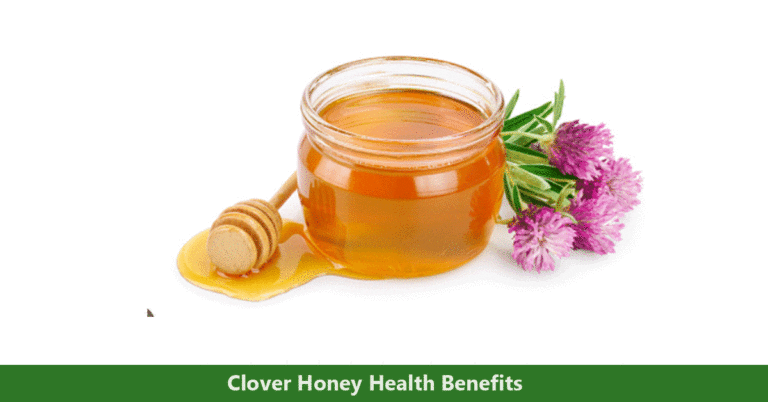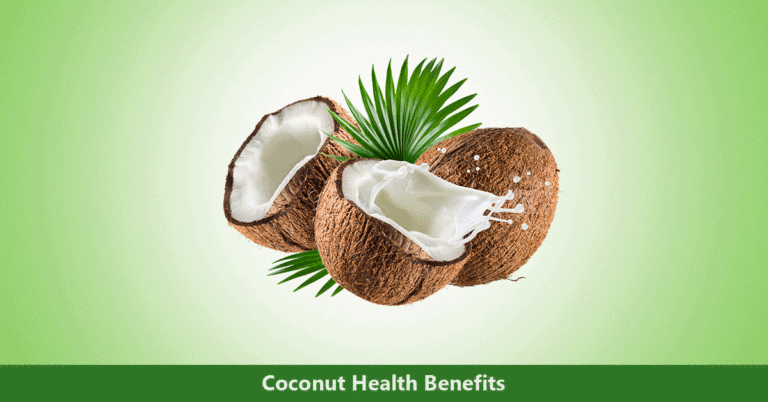Dandelion (Taraxacum officinale L. syn. Taraxacum vulgaris L.) is an edible plant belonging to the family, Asteraceae. Dandelion is derived from the French word, dent de leon, meaning “lion’s tooth”. The Latin name, Taraxacum is from the Greek word, meaning “disease remedy”.
Other common names of dandelion plant are lion’s-tooth, clock flower, cankerwort, Irish daisy, puffball, blowball, yellow-gowan, priest’s-crown, monk’s-head, “earth-nail” in Chinese, “piss-a-bed” in French, hokouei in Japanese, etc.
Taraxacum officinale is a perennial weed that grows everywhere from the field, to roads, gardens, lawns. It is stemless, with a long taproot and milky sap (latex). It has long green and succulent leaves organized in a rose-like manner. Also, there is a single yellow flower, on top of hollow stalks. Cotton-like fruits with many soft white hairs and seeds.
Originally from Europe, the herb has spread to other continents such as Asia, Africa, North and South America, Australia, New Zealand.
The leaves, roots, and flowers of dandelion are utilized for their medicinal benefits. Some medicinal benefits include the management of microbial infection, diabetes, kidney diseases, inflammatory diseases, spleen disorders, leukemia, breast cancer, among others.
The root is used for digestive remedy to improve digestion, as diuretic, as digestive stimulant and to improve liver function. However, the rationale behind some uses are not completely understood.
Additionally, the leaves are used in many dishes and as salad ingredient. The root is also rich in inulin and are used as substitute for coffee or tea. The flower extract is a flavoring agent in foods such as candies, puddings, desserts, baked cakes among others.
Composition of Dandelion
Nutritional composition
It is estimated that a 100g of dandelion leaves contain 88.5 g of water, 19.1 g of crude protein, 6.03 g of crude fat, 10.8g of crude fiber, signifying a high level of dietary fiber.
The minerals present are potassium, calcium, zinc, copper, sodium, iron, magnesium, manganese, phosphorus, and high content of potassium. The phosphorus is half the amount in spinach but twice the quantity in cucumber. The vitamin content includes A, B, C, E, K, thiamine, choline, Vitamin B-6.
Every part of dandelion is edible. The leaves can be boiled like spinach, or eaten raw in salads. It can be used to make healthy tea. The roots can be peeled or sliced and used fresh in salads, or roasted, fried, dried or ground.
Dandelion Nutritional Facts (100 g of the vegetable)
| Nutrients | Quantities |
| Water | 85.6 g |
| Energy | 45 kcal |
| Protein | 2.7 g |
| Total lipid (fat) | 0.7 g |
| Ash | 1.8 g |
| Carbohydrate | 9.2 g |
| Dietary fiber | 3.5 g |
| Sugars | 0.71 g |
| Calcium | 187 mg |
| Iron | 3.1 mg |
| Magnesium | 36 mg |
| Phosphorus | 66 mg |
| Potassium | 397 mg |
| Sodium | 76 mg |
| Zinc | 0.41 mg |
| Copper | 0.171 mg |
| Manganese | 0.342 mg |
| Selenium | 0.5 µg |
| Vitamin C | 35 mg |
| Thiamine | 0.19 mg |
| Riboflavin | 0.26 mg |
| Niacin | 0.806 mg |
| Pantothenic acid | 0.084 mg |
| Vitamin B-6 | 0.251 mg |
| Folate | 27 µg |
| Choline | 35.3 mg |
| Vitamin K (phylloquinone) | 778 µg |
| Vitamin E (alpha-tocopherol) | 3.44 mg |
| Vitamin A | 508 µg |
| Fatty acids | 0.17 g |
Bioactive Compounds
Dandelion leaves and flowers contain polyphenols such as hydroxycinnamic acid derivatives, and flavonoids, such as apigenin and luteolin derivatives. There are cinnamic acid derivatives called chicoric acid, caffeic acid, and chlorogenic acid.
Dandelion roots contain sesquiterpene lactones, mainly occuring as glucosides such as taraxacosides, taraxinic acids, taraxacolides, dihydrolactucin, ixerin, ainslioslide, tetrahydroridentin B. There are also triterpenes and sterols (taraxasterol, taraxerol, cycloartenol, beta-sitosterol, stigmasterol).
Sesquiterpene lactones and phenolic acids are the main ingredients in the root of dandelion, but there is also a good quantity of inulin, a class of dietary fibers known as fructans.
Medicinal Benefits of Dandelion Plant
1. Antioxidants
Dandelion contain constituents such as flavonoids, hydroxycinnamic acids, chlorogenic acid, catechol, caffeic acid, vanillic acids, ferulic acids, p-coumaric acids, m-coumaric acid, syringic acid, that are important natural antioxidants. Antioxidants prevent the formation of reactive oxygen species that can cause heart diseases, cancer and neurodegenerative diseases.
2. Stimulate digestion
The plant contains taraxacin, a bitter compound found in the root and latex, that stimulates digestion. Also, a combination of dandelion, St. John’s wort, lemon balm, fennel, and calendula helped to relieve gastrointestinal complaints, and pain in tested patients.
3. Antidiabetic activity
Components such as lactone and phenolic acids have anti-diabetic property. Taraxasterol, stigma sterols, chicoric acid, chlorogenic acid are essential anti-hyperglycemic compounds. Chicoric acid stimulate insulin secretion and sensitization.
The water and ethanol extract of the stem, root, and flowers reduced renal glucose reabsorption, activity of carbohydrate enzymes (α-amylase with β-galactosidase and α-glucosidase). It also lowers dietary blood sugar, and inhibits potassium channel. Inulin, is also believed to exhibit some of this activities.
4. Effect on blood pressure
The plant contains antioxidants which reduces lipid peroxidation in the heart, liver, kidney, and brain, and other oxidative markers that may induce hypertension. It’s believed to lower the risk of hypertension, but more research is needed to confirm the theory.
5. Anti-obesity activity
In a study by Zhang et al. 2008, using mice administered with dandelion extract (compared to Orlistat, an anti-diabetic medication), there was dose-dependent inhibitory effect on pancreatic lipase activity with increase in plasma triglyceride levels.
Different parts of the plant such as the flower, roots and leaves reduces glucose absorption, body weight, organ weight, lipid levels, and regulates metabolism. It may be used potentially to produce anti-obesity medications, as it has lesser side effects than medications like Orlistat.
7. Prevents atherosclerosis
Chicoric acid helps to prevent atherosclerosis. Inulin is also a substitute for coffee or tea.
8. Antiplatelet activity
Ethanolic extract of dandelion showed a dose dependent inhibition of platelet aggregation, coagulation, and thrombus formation. Hydroxycinnamic acid is found to possess the antithrombic effect.
Dandelion may be used in treating cardiovascular diseases.
9. Anti-inflammatory action
Luteolin prevent oxidative stress and inflammation. Other anti-inflammatory compounds in the plant are phytosterols (taraxasterol, stigma sterol) and chlorogenic acid.
The taraxasterol component also has antiarthritic activity and may additionally be used in the treatment of ulcerative colitis.
10. Promotes the growth of natural flora
Inulin, a constituent in the root of dandelion, promotes the grown and development of normal intestinal microflora. The microflora or gut microbiota is a group of microorganisms such as bacteria fungi, that grow in the gut of the host and helps in maintainance of health, metabolic processes, and protection of ten body against foreign microorganisms.
11. Liver protection ability
Liver damage could be caused by certain medications, persistent alcohol consumption, diseases and oxidative processes.
Dandelion extract reduced hepatic fibrinous deposits, restores the integrity of the liver in CCl4-induced liver toxicity in rats, according to laboratory test results.
Constituents such as flavonoids (luteolin), polyphenols and lactones reduce hepatotoxicity, observed by the reduced levels of hepatic enzyme markers, like ALT, AST, ALP, and total bilirubin.
12. Anti-viral property
Taraxasterol, a phytosterol, inhibits hepatitis B virus (HBV), dengue virus serotype 2 (DENV2), and hepatitis C virus (HCV). It may be used to develop medications to combat anti-HBV in the future.
13. Anticancer activity
Studies suggest Taraxacum officinale may inhibit the spread of breast and prostate cancer, as well as human leukemia, colorectal, and pancreatic cancer cells.
14. Antibacterial properties
Oligosaccharides and polysaccharides from the Taraxacum officinale has antibacterial activity against Staphylococcus aureus, Proteus mirabilis, Bacillus cereus, Escherichia coli, Klebsiella pneumoniae and Bacillus subtilis.
A study by Liang et al. (2020), suggested that dandelion inhibits the Candida albicans by disruption of the cell wall.
15. Management of kidney diseases
Animal studies suggest Taraxacum officinale has diuretic activity by increasing urinary frequency and fluid excretion. It may also be helpful in treating urolithiasis, a kidney disease.
Dosage of Dandelion (Taraxacum officinale)
For the dried leaves or roots, the recommended dosage is 4 to 10g daily. For the fresh leaves or roots, 50g daily dosage can be tolerated. In the US, the leaves and root tincture are mostly found in dosage of 3 to 5mL three times a day.
The British Herbal Pharmacopoeia, (BHP) recommends 0.5 to 2g of root to 4 to 8 mL root tincture, both taken 3 times a day.
Side Effects of Dandelion
Dandelion roots and leaves has been used for years as dietary supplement and for its medicinal benefits. It has been considered generally safe by the FDA.
In animal studies, an oral dose of 1000 mg/kg body weight and even a dose as high as 5000 mg/kg body weight did not cause mortality in rats.
Dandelion leaves and roots are safe when taken in moderate quantities by adults. However, minor side effects such as diarrhea, stomach upset, and skin irritation, allergy may occur.
Due to the bitter taste, people with conditions such as acute gastroenteritis or reflux esophagitis, obstruction of the gastrointestinal tract, acute inflammation should take it with caution.
References
- https://encyclopedia.pub/entry/8331
- https://wssa.net/wp-content/themes/WSSA/WorldOfWeeds/dandelion.html
- https://www.researchgate.net/publication/237759417_Dandelion_Taraxacum_officinale_and_T_mongolicum
- https://bnrc.springeropen.com/articles/10.1186/s42269-021-00567-1

